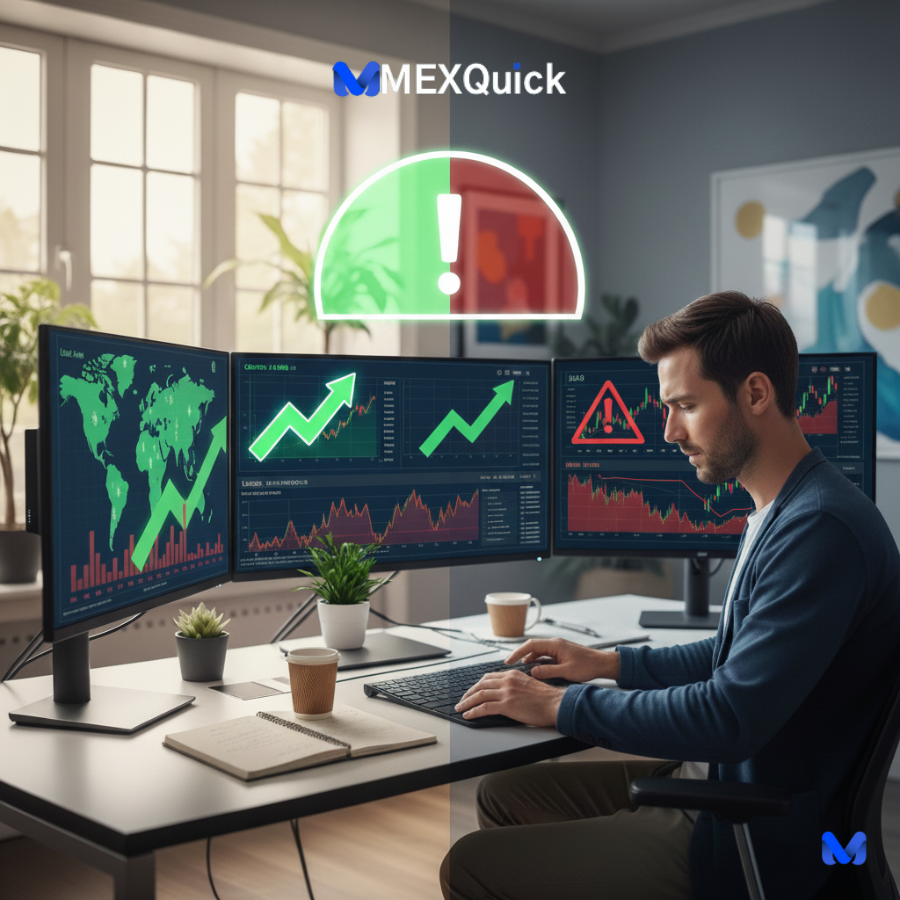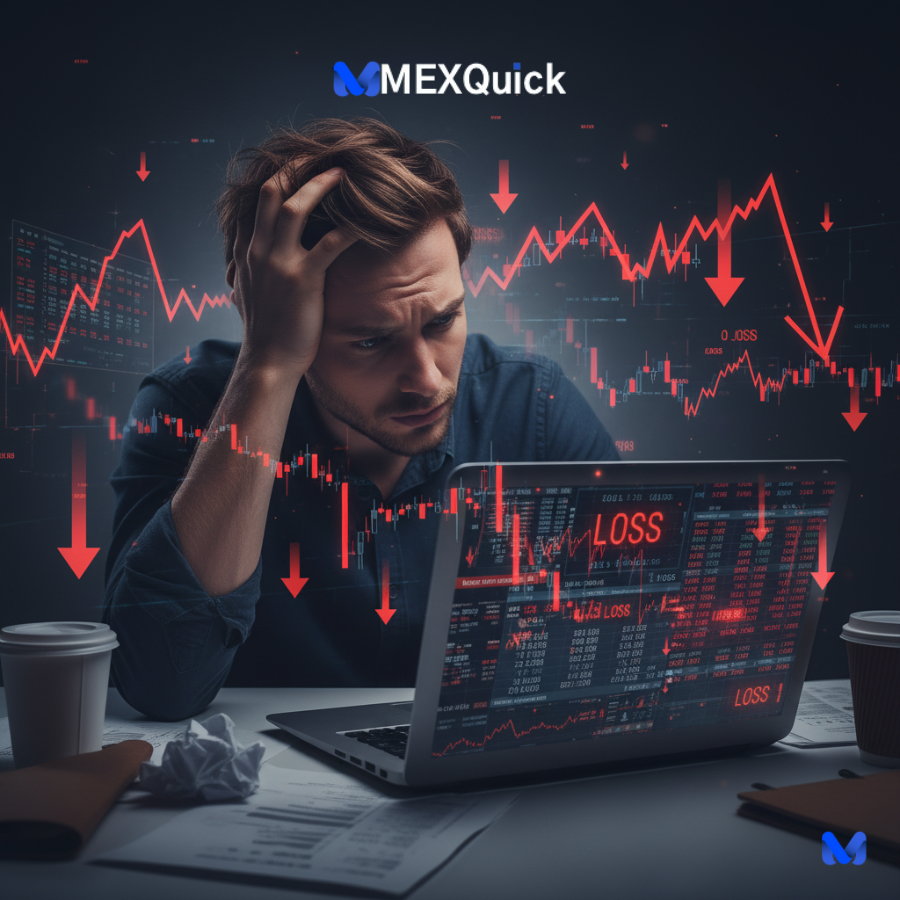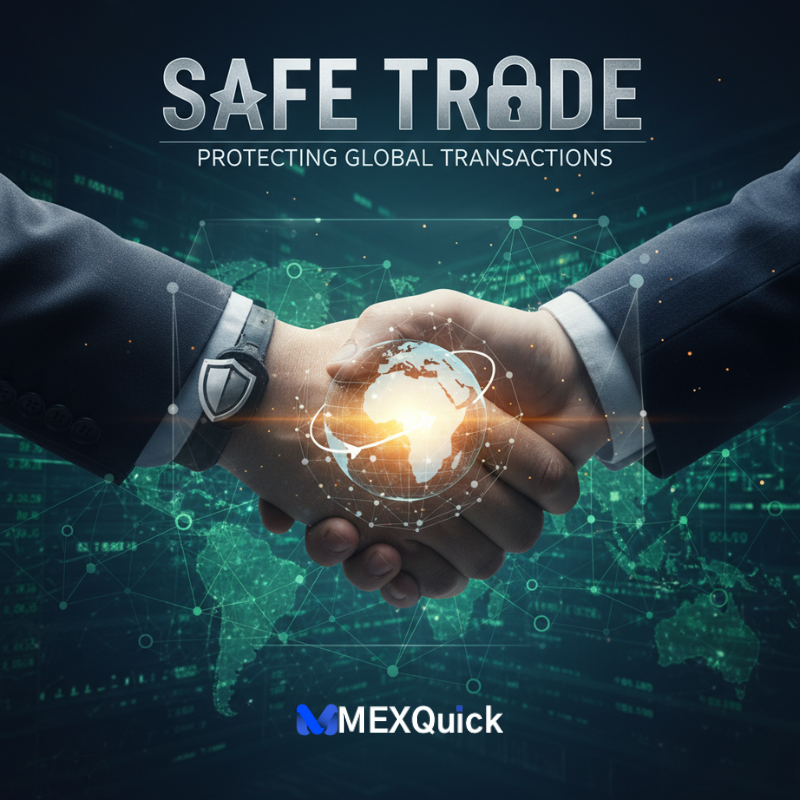
A few years ago, I watched a friend transfer his entire savings into a single, “can’t-miss” tech stock he found on a forum. The stock plummeted. He lost nearly half his investment in weeks. His mistake wasn’t trading online; it was ignoring the fundamental risks of online trading while being blinded by its potential benefits.
The truth is, the digital trading landscape is a double-edged sword. It offers unprecedented opportunity but also harbors unique pitfalls. Understanding both sides is not just helpful—it’s essential for your financial safety.
This guide is your reality check. We will dissect the real online trading benefits, from lower costs to incredible access. Then, we’ll confront the sobering online trading risks head-on. My goal isn’t to scare you away but to equip you with the knowledge to navigate these waters safely. By weighing the pros and cons, you can develop a strategy for trading online safely. Let’s begin.
The Allure: Key Advantages of Online Trading
The benefits of online trading have democratized finance, moving it from the privileged halls of Wall Street to the smartphone in your pocket. These advantages are powerful and transformative.
Unprecedented Accessibility and Control
The most significant advantage is access. Online trading is conducted 24/7 for certain markets like crypto, and from anywhere with an internet connection. You are no longer dependent on a broker’s schedule or approval.
-
Direct Control: You decide what, when, and how much to trade.
-
Global Markets: Exchanges in New York, London, and Tokyo are all at your fingertips.
-
Lower Barriers to Entry: Many brokers now offer $0 commissions and no account minimums, making it possible to start with a small amount of capital.
Lower Costs and Higher Efficiency
Historically, brokerage commissions were a major drain on returns. This barrier has been dramatically reduced.
-
Zero Commissions: The rise of brokers like Robinhood and Charles Schwab has driven stock trading commissions to zero.
-
Tight Spreads: In Forex and other markets, competitive pressure has led to tighter bid-ask spreads, reducing the cost of entering a trade.
-
Speed: Trades that once took minutes over the phone are now executed in milliseconds, ensuring you get the price you see.
Powerful Tools and Educational Resources
Modern platforms are more than just order terminals; they are comprehensive learning hubs. A wealth of analytical tools, charting software, and educational content is provided to help you make informed decisions. This access to professional-grade resources is a massive online trading benefit for retail traders.
The Reality: Significant Risks of Online Trading

For all its advantages, the potential for loss is very real. These online trading risks must be respected and managed.
The Risk of Substantial Financial Loss
This is the most obvious risk, but its psychological impact is often underestimated. Leverage, while a powerful tool, can magnify losses dramatically. It is possible to lose more than your initial investment in certain leveraged products.
-
A Sobering Statistic: A 2020 European Securities and Markets Authority (ESMA) report found that 74-89% of retail CFD (Contract for Difference) traders lose money. This highlights the danger of trading complex, leveraged products without proper understanding.
The Psychological Pitfalls: Overtrading and Emotional Decisions
The ease of clicking a button can be a curse. When the market is constantly moving, the temptation to trade too frequently—known as overtrading—is high. This behavior is often driven by emotion.
-
Fear of Missing Out (FOMO): Chasing a rising stock.
-
Panic Selling: Dumping assets during a normal market dip.
These emotional reactions are a primary cause of poor performance and are considered a major part of the risks involved in online trading.
Security Threats and Technical Glitches
Your capital is exposed to non-market risks. While reputable brokers use strong encryption, the threat of cyber-attacks exists. Furthermore, technical glitches can lock you out of your account at a critical moment, preventing you from managing your positions. Trading online safely requires choosing a well-regulated, technologically robust broker.
Striking a Balance: How to Mitigate Risks and Trade Safely

Understanding the pros and cons is only half the battle. The other half is implementing a disciplined strategy for trading online safely.
Education is Your Best Defense
The number one way to mitigate risk is through continuous learning. Before risking real money, you should:
-
Understand the specific asset you are trading.
-
Learn fundamental and technical analysis basics.
-
Practice extensively with a demo account.
Implement a Disciplined Trading Plan
A trading plan is your rulebook. It removes emotion from the equation. Your plan must include:
-
Clear Goals: What are you trying to achieve?
-
Risk-Reward Ratio: Never risk more than 1-2% of your capital on a single trade.
-
Entry and Exit Rules: Define exactly what conditions must be met to enter and, just as importantly, exit a trade.
Start Small and Use Risk Management Tools
You would not run a marathon without training. Similarly, you should not risk large sums when you are new. Start with a small amount of “learning capital” you can afford to lose. Furthermore, mandatory risk management tools like stop-loss orders (which automatically sell an asset if it falls to a certain price) should always be used.
Conclusion: Navigating the Opportunity with Eyes Wide Open
The world of online trading presents a clear dichotomy. The online trading benefits—accessibility, low cost, and powerful tools—are genuinely revolutionary. However, the online trading risks—from financial loss and emotional trading to security concerns—are equally potent and cannot be ignored.
The key takeaway is that success is not defined by finding a “risk-free” path, but by intelligently managing the risks that are inherent to the activity. By prioritizing education, creating a disciplined plan, and starting cautiously, the pros and cons can be balanced in your favor. A strategy for trading online safely is built not on luck, but on knowledge and discipline.
Your Actionable Next Steps:
-
Audit Your Knowledge: Be brutally honest about what you don’t know and focus your learning there.
-
Paper Trade for One Month: Test your strategy and emotional control in a risk-free environment.
-
Draft Your Trading Plan: Write down your rules before you fund a live account.
The market will always be there. The goal is to ensure you are too.
I’d love to hear from you. What is the biggest concern holding you back from trading online? Or, if you’re already trading, what has been your most valuable lesson in risk management? Share your thoughts in the comments below. If this guide provided clarity, please share it with someone who might need it.
